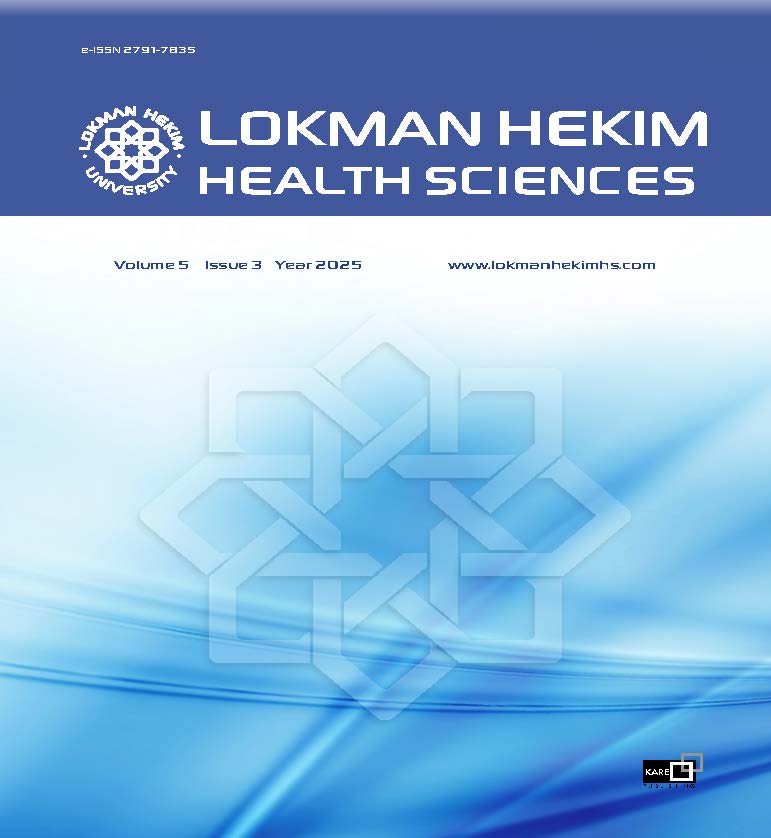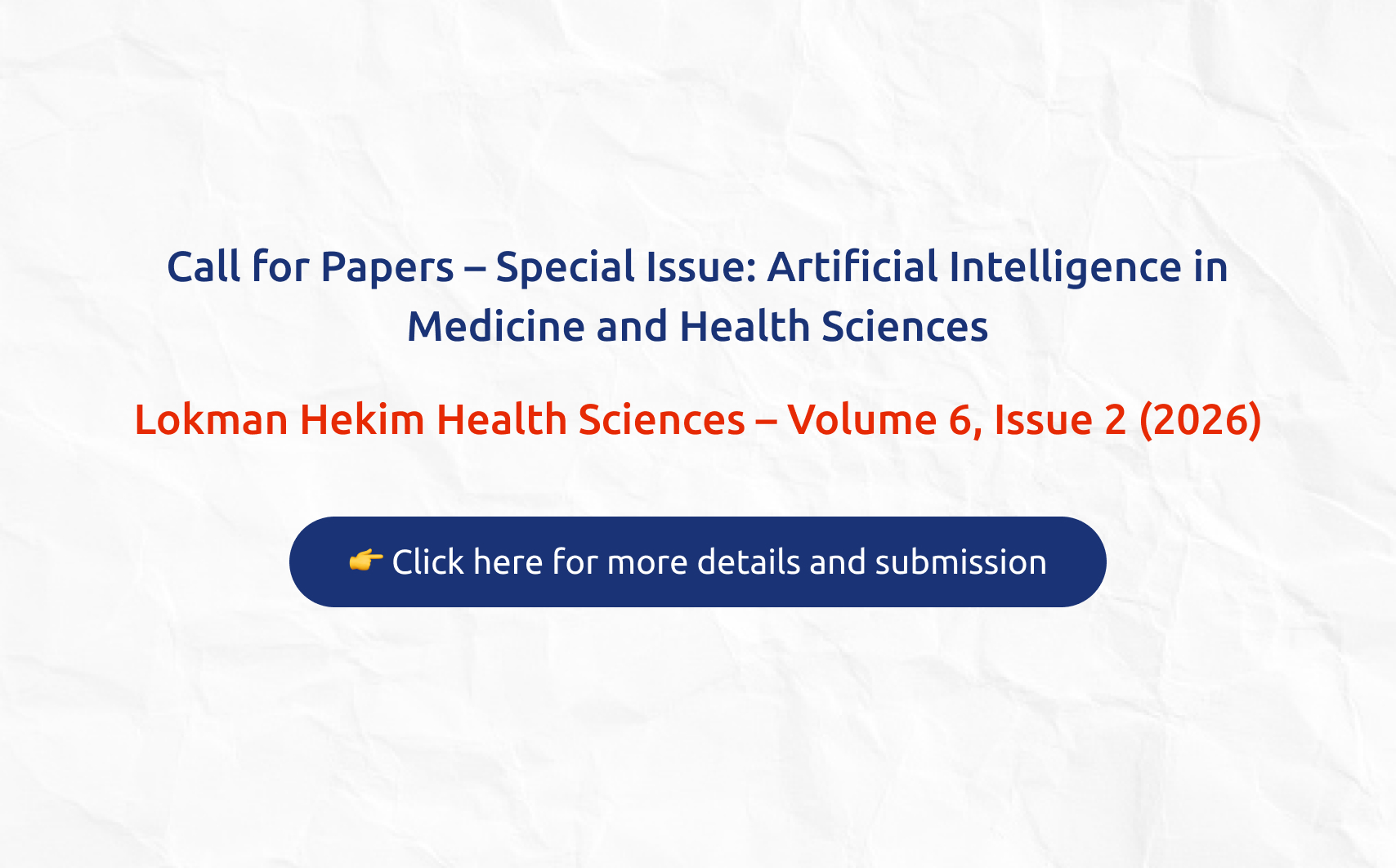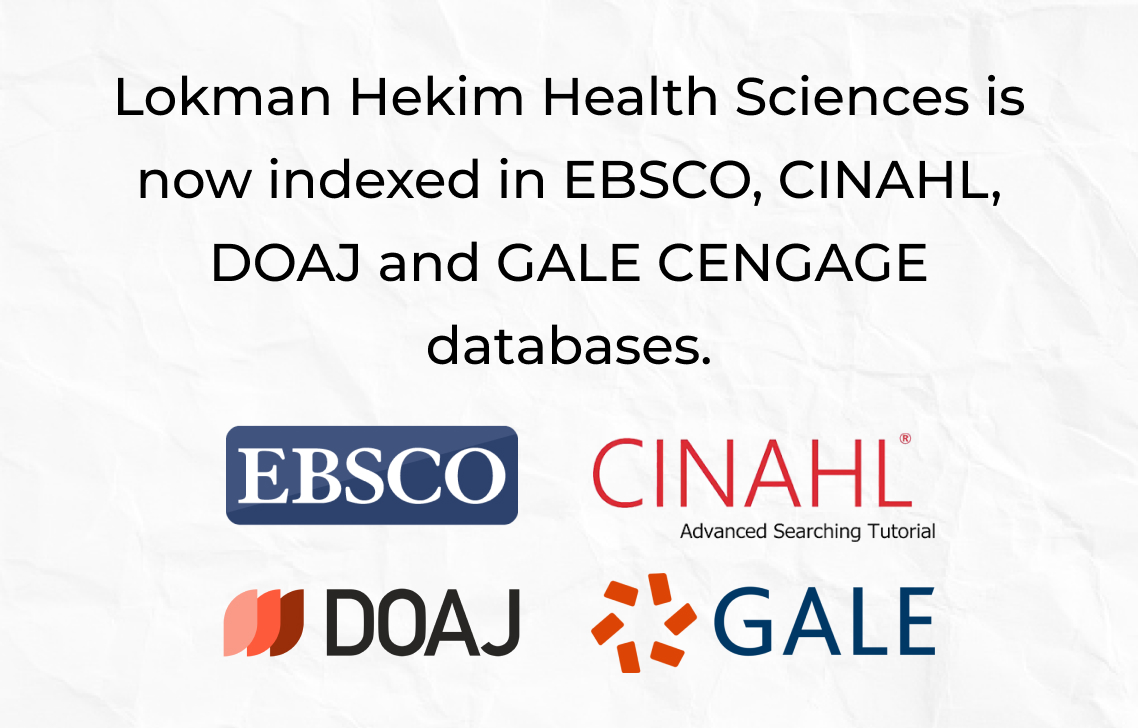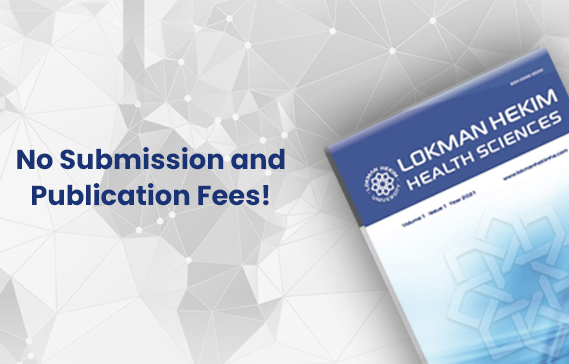2Department of Internal Diseases, Faculty of Medicine, Lokman Hekim University, Ankara Hospital, Ankara, Türkiye
Abstract
Introduction: Evaluation of the severity of the disease in coronavirus disease 2019 (COVID-19) is important. Chest radiogram and computed tomography are suitable tools for inspecting structural changes in the lung parenchyma. The aim of this study was to evaluate the relationship between subcarinal angles (SCAs) of the left and the right main bronchi and tomography severity score (TSS) and changes in SCA after recovery, assessed with computed tomogra-phy among patients with COVID-19.
Materials and Methods: This retrospective observational study was conducted between March 2020 and January 2021. A poly-merase chain reaction test was used to diagnose COVID-19. All participants were examined with thorax computed tomography both in acute disease episode and 6 months after recovery. SCA of right and left main bronchi and TSS and changes in SCA values after recovery were compared.
Results: The mean of SCA measurements in COVID-19 acute episode was 74.76±12.94 degrees, while it was found to be increased to 82.83±14.09 degrees (p=0.011) 6 months after recovery. There was no association between SCAs of total, right, and left main bronchi and TSS (r=-0.046 and p=0.784, r=-0.024 and p=0.887, and r=-0.056 and p=0.739, respectively). While TSSs were similar between both genders, SCA values were found to be higher in females. The most frequently involved lung lobe was the right lower lobe.
Discussion and Conclusion: SCA values were higher in patients at 6th month after recovery from COVID-19. Due to this finding, it may be proposed that parenchymal changes in lung tissue are long-lasting and may be persistent after recovery from COVID-19.
2Lokman Hekim Üniversitesi, Tıp Fakültesi, Ankara Hastanesi, İç Hastalıkları Anabilim Dalı, Ankara, Türkiye
Amaç: COVID-19 hastalığında hastalık şiddetinin değerlendirdirilmesi çok önemlidir.
Akciğer grafisi ve bilgisayarlı toraks tomografileri akciğer parenkimindeki yapısal değişiklikleri gösterme amacı ile kullanılabilecek kıymetli tetkiklerdir. Bu çalışma sağ ve sol ana bronşların trakea ile olan açıları ile tomografi şiddet skoru (TSS) arasındaki ilişkinin ve iyileşme sonrasında tomografi ile kontrol edilen subkarinal açının (SCA) incelenmesi için yapıldı.
Metod: Bu çalışma Mart 2020 ile Ocak 2021 tarihleri arasında, COVID-19 tanısı polimeraz zincir reaksiyonu testi ile teyit edilmiş hastalarla, retrospektif olarak yapıldı. Tüm katılımcılar akut enfeksiyon sırasında ve iyileştikten 6 ay sonra toraks tomografileri ile değerlendirildi. Sağ ve sol ana bronşun SCA'sı ve iyileşme sonrası SCA değerleri karşılaştırıldı.
Bulgular: COVID-19 hastalık sırasındaki ortalama SCA değeri 74,76±12,94 derece iken, iyileştikten 6 ay sonra 82,83±14,09 derece oldu (p=0.011). Toplam, sağ ve sol subkarinal açı ile TSS arasında bir ilişki saptanmadı (sırasıyla r=-0,046, p=0,784, r=-0,024, p=0,887 and r=-
0,056, p=0,739). Cinsiyete göre TSS benzer bulunmuş iken, SCA değerleri kadınlarda daha yüksek bulundu. Akciğerde en sık tutulan bölgenin sağ alt lob olduğu saptandı.
Sonuç: COVID-19 hastalığı geçiren hastalarda 6 ay sonra gözlenen SCA değerleri hastalık dönemine göre daha yüksek bulundu. Bu bulguya dayanarak COVID-19 geçiren hastalarda iyileşme sonrasında bile akciğer parenkiminde kalıcı değişiklikler olabileceği iddia edilebilir.






 Seda Akyol1
Seda Akyol1 









